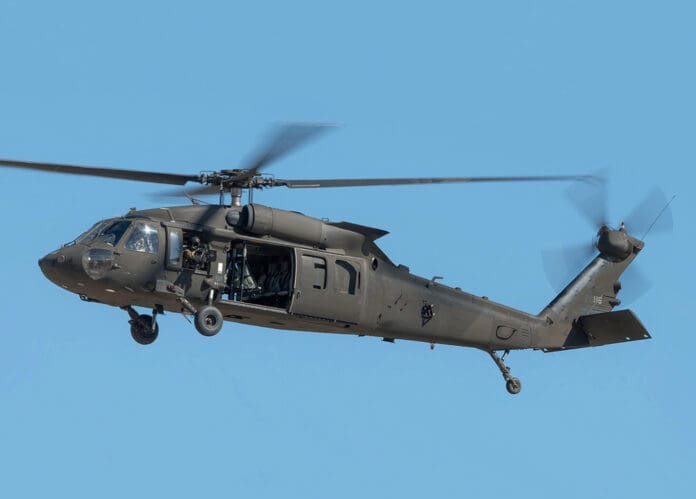This post is also available in:
 עברית (Hebrew)
עברית (Hebrew)
An exciting development in military aviation is on the horizon as Sikorsky, a Lockheed Martin company, integrates a ‘robotic brain’ into an experimental US Army UH-60M Black Hawk helicopter. This innovative advancement, funded by a $6 million award from the Defense Advanced Research Projects Agency (DARPA), will enable the helicopter to operate autonomously, even in the absence of human pilots.
This upgraded aircraft, called MX, is set to allow the US Army Combat Capabilities Development Command (DEVCOM) to test a wide range of autonomy capabilities—from single-pilot operations to fully uninhabited flights, according to Interesting Engineering. Rich Benton, Sikorsky’s vice president and general manager, emphasized that autonomy-enhanced aircraft would significantly reduce pilot workload, enhance flight safety, and grant commanders the flexibility to execute complex missions in challenging environments, regardless of time or weather conditions.
The centerpiece of this innovation is the MATRIX flight autonomy system, part of DARPA’s ALIAS (Aircrew Labor In-cockpit Automation System) program. In 2020, Sikorsky began equipping the MX helicopter with fly-by-wire flight controls, setting the stage for the integration of the MATRIX system. Once completed, the MX will closely resemble Sikorsky’s UH-60A Optionally Piloted Black Hawk helicopter, which has already logged hundreds of hours testing the MATRIX system.
The integration of the MATRIX technology is scheduled for 2025, allowing DEVCOM to explore scalable autonomy applications and operational concepts. This evaluation will focus on various sensor suites capable of detecting and avoiding threats, obstacles, and terrain, along with developing system specifications for interfacing with the MATRIX system.
In July 2024, Sikorsky and DARPA demonstrated the helicopter’s capabilities to US military personnel, showcasing how it could be controlled both from within the cabin and remotely via a tablet.
As the US Army modernizes its Black Hawk helicopters, incorporating autonomous technologies like MATRIX is pivotal for maintaining a strategic edge against emerging threats. The future of military aviation is not just about flight; it’s about intelligent, adaptable systems that can operate independently in complex environments.


























